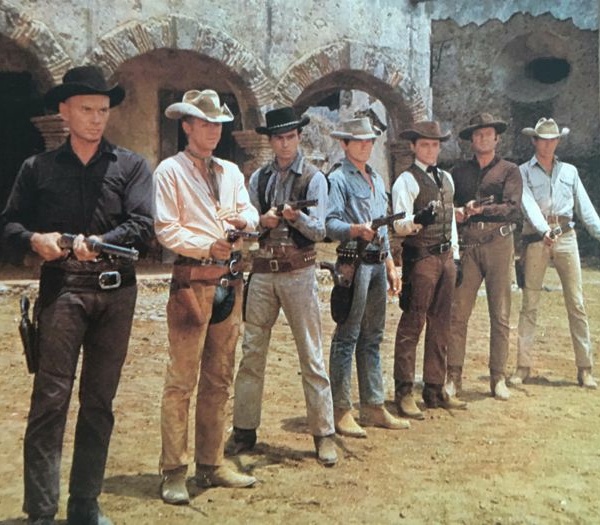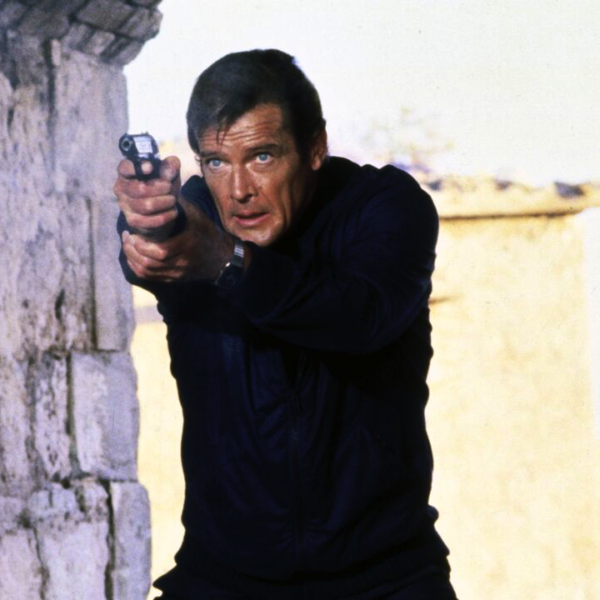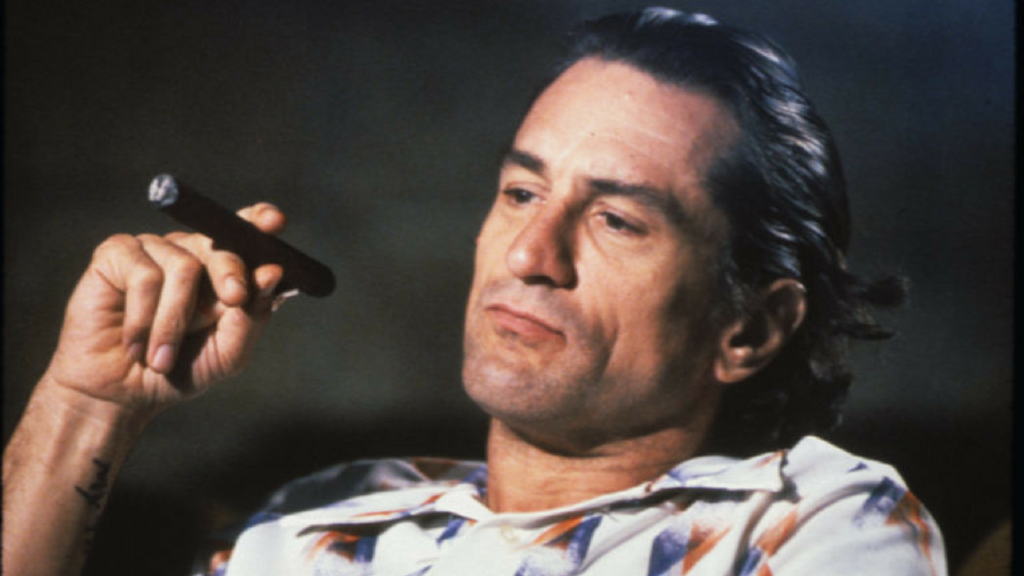
You’ve probably heard that a lot of people these days are of the opinion that everything to come out of Hollywood for the past few years has either been a sequel or a remake. What you may not be aware of is that this current outbreak of “remake fever” is nothing new. Movie producers have been reworking older films for almost as long as there have actually been motion pictures.
The key factor in all this is the question… “Is the remake actually an improvement upon the original?”
Many would say that in most cases the answer is a resounding “NO!”, however there are a few movies that take exception to that by actually having been improved by being updated. The following are arguably the five best examples of films that have been redone for the better.
5. Scarface (1983):
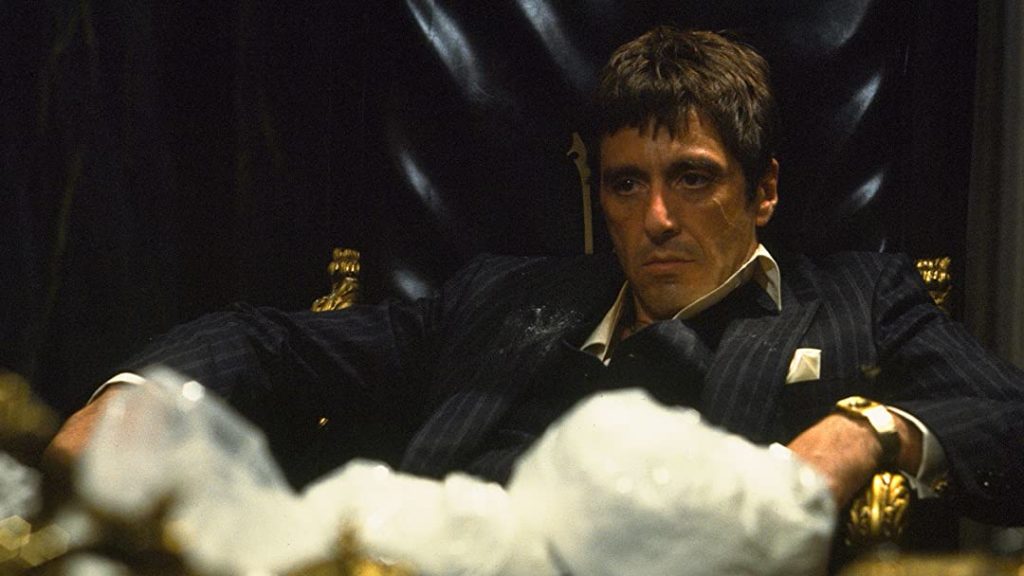
This film is an excellent example of what happens when you take an outdated movie (from the 30’s) and update it for a modern audience. While this movie deviates so far from the original to be almost unrecognizable, the general themes of organized crime versus the law are still what are at the heart of the film. Al Pacino’s take on the drug lord Tony Montana is intense, manic and at some points frankly terrifying. This movie manages to make the original story relevant to a modern audience and for that alone it qualifies as one of the best examples of a remade concept.
4. Cape Fear (1991):
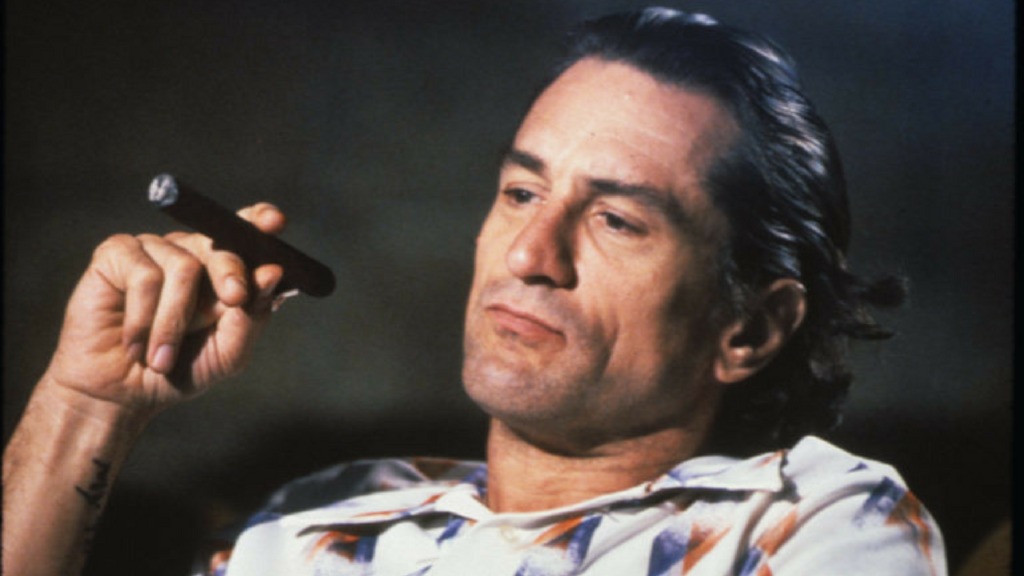
While it may be hard to believe that a film with Gregory Peck and Robert Mitchum could be improved upon, in this very dark remake of the 1962 original, Robert De Niro brings a real sense of both menace and cunning to the role of the ex-con Max Cody in his pursuit of revenge against the lawyer who he feels sabotaged his case instead of defending him. Scorsese’s direction invokes actual fear for the characters in this film and leaves the audience in suspense until the final moments as to just what will happen.
3. The Thing (1982):
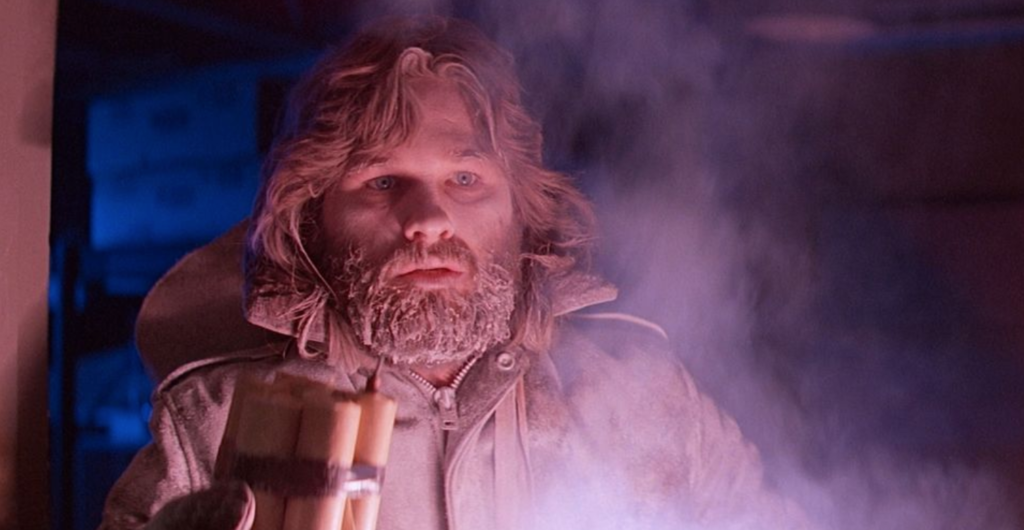
In this remake of the original The Thing from Another World (1951), John Carpenter manages to take the concept of the film to new heights of suspense and horror as an isolated team of scientists are forced to confront an alien creature capable of mimicking the appearance of anyone it has killed. The script is tight, the acting is top-notch, and the special effects helped to define the horror genre throughout the 80’s and 90’s.
2. Ocean’s Eleven (2001):
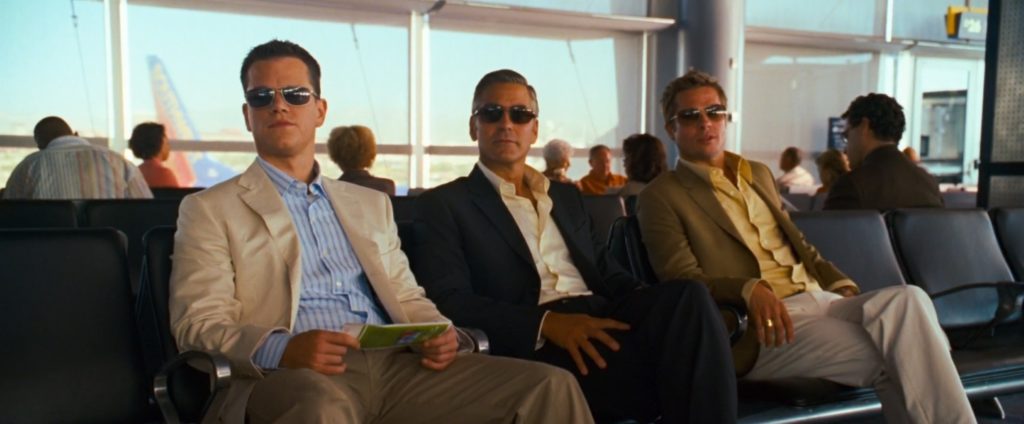
I have to say that while I love the original 1960 film with Sinatra and the Rat Pack, I must admit that the story itself feels both dated and unrealistic to a modern audience. That is where Steven Soderbergh’s 2001 remake shines; in that it updates both the concepts behind the film as well as the setting in order to make it relatable to the 21st century. Soderbergh maintains the sense of paparazzi of the original by bringing in a cast featuring A-List stars (Clooney, Pitt, Roberts and Damon) and capturing the actual feeling and appearance of modern Vegas on the silver screen then ties it all together in a neat package with a well written plot that asks the question: Can Crime really pay after all?
1. The Magnificent Seven(1960):
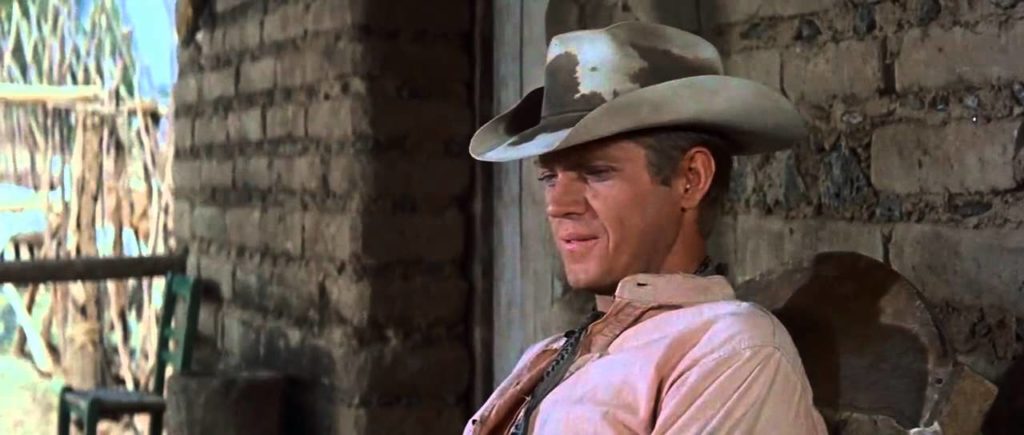
John Sturges remake of Kurosawa’s legendary film the Seven Samurai (1954) is arguably the best example of a filmmaker taking a concept and not only updating it historically but in this case culturally to appeal to his target audience. By playing on the parallels in Japanese and American mythology, Sturges was able to prove that the underlying themes present in a film like Samurai were in fact universal, and created one of the films which is today considered a “Great American Classic”. This remake was such a complete success that when Kurosawa met Sturges, it is said that he presented the American director with a samurai sword as a token of how impressed he was with the western version of his film.

